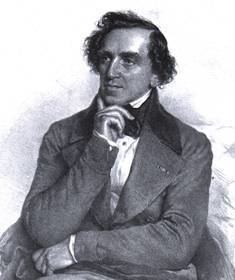Written 1854 Language French | First performance 16 February 1854 | |
 | ||
Similar Margherita d'Anjou, Le prophète, L'esule di Granata, Il crociato in Egitto, Le pardon de Ploërmel | ||
Giacomo meyerbeer l toile du nord couplets de catherine elizabeth futral
L'étoile du nord (The North Star) is an opéra comique in three acts by Giacomo Meyerbeer. The French-language libretto was by Eugène Scribe.
Contents
- Giacomo meyerbeer l toile du nord couplets de catherine elizabeth futral
- Giacomo meyerbeer l toile du nord act ii finale
- Performance history
- Recordings
- Ballet
- References
Much of the material, including some plot similarities (with the flautist Frederick the Great substituted by the flautist Peter the Great), derived from Meyerbeer's earlier 1844 Singspiel Ein Feldlager in Schlesien. However, there also are some significant differences, perhaps the most important of which is that it was permissible to actually have Peter the Great take part in the action, which was not the case for Frederick, who had to play his flute off-stage. Peter does more than just take part in the action, since he ends up being the romantic lead.
A notable feature of the opera is the triple march in the finale to the second act. A rebellion against the Tsar is deflected as the "sacred march" is heard. The troops are then joined by a regiment of grenadiers from Tobolsk, to the music of a different march, followed by a regiment of Tatar cavalry to the music of a third march.
Giacomo meyerbeer l toile du nord act ii finale
Performance history
L'étoile du nord was first performed at the Salle Favart by the company of the Opéra-Comique, Paris, on 16 February 1854. It was a big success, and soon was given in all the major theatres of Europe, North Africa, and the Americas. The Max Maretzek Italian Opera Company staged the work's United States premiere on September 24, 1856 at the Academy of Music in New York City. The opera stayed in the repertory throughout most of the 19th century, but virtually disappeared by the early 20th century. However, the two big coloratura showpieces – the prayer and barcarolle in act 1 and the air with two flutes in act 3 – were still occasionally recorded by famous prima donnas such as Amelita Galli-Curci and Luisa Tetrazzini.
The work has had two revivals in recent years: one by Opera Rara in 1975, and the other at Wexford (with Elizabeth Futral as Cathérine) in 1996.
Recordings
Both of the recent revivals are available, the first (Opera Rara) on a privately issued CD ROM, and the second (Wexford) on a commercial CD. The first is rather significantly cut, while the second has very minimal musical omissions but greatly abridged dialogue.
Ballet
In 1937 Constant Lambert arranged excerpts from this opera and from Le prophète into the ballet Les Patineurs, choreographed by Sir Frederick Ashton.
